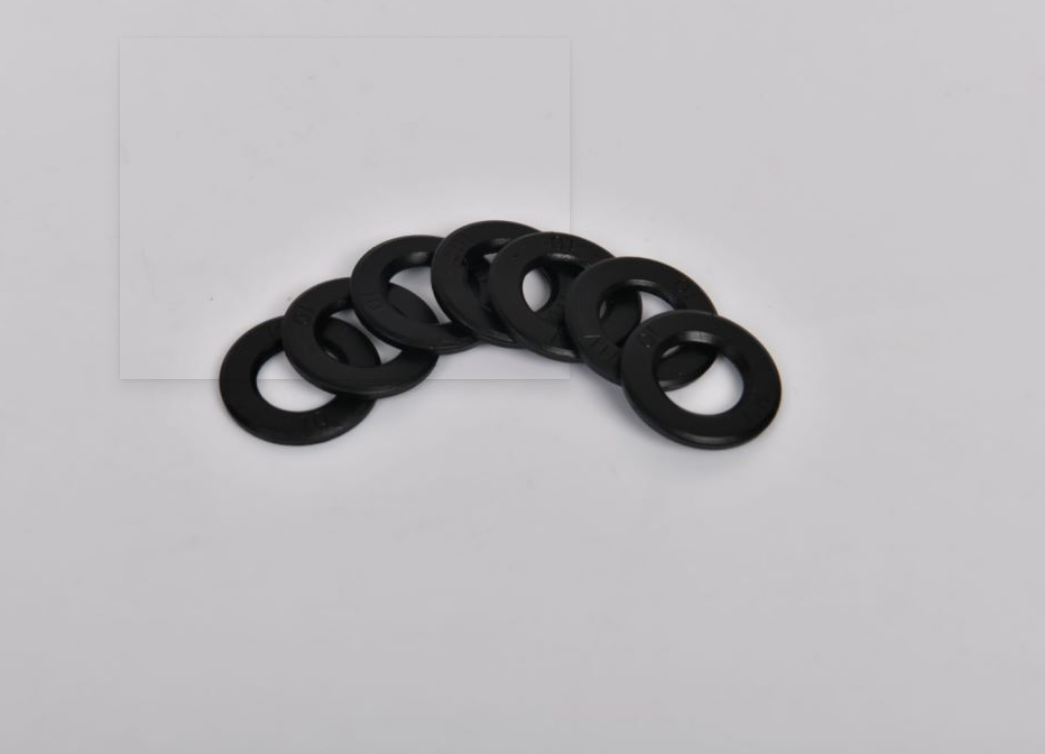washer vs spring washer product
Washer vs. Spring Washer Understanding the Differences and Applications
When it comes to fastening applications, washers play a crucial role in ensuring a secure and stable connection between components. Among the various types of washers available in the market, flat washers and spring washers are the most common. While they may seem similar at first glance, they serve different purposes and offer unique benefits. This article aims to delve into the distinctions between flat washers and spring washers, shedding light on their specific applications and advantages.
Flat Washers
Flat washers are thin, disc-shaped pieces of metal with a central hole, designed to distribute the load of a threaded fastener, such as a bolt or nut. Their primary function is to provide a smooth bearing surface that helps to prevent damage to the surface of the material being fastened. They also help to evenly distribute the load and reduce the risk of wear, preventing loosening due to vibration.
Flat washers are typically made from a variety of materials, including steel, stainless steel, plastic, and rubber, making them suitable for a wide range of applications. They come in different sizes and thicknesses, allowing for a perfect fit to accommodate various fasteners and materials. Common uses for flat washers include automotive applications, construction, machinery, and general manufacturing tasks.
One of the key benefits of flat washers is their ability to enhance the integrity of a joint. By providing a larger surface area for a fastener, they help to reduce the risk of damaging the material and ensure that the connection remains tight over time. Additionally, they are relatively inexpensive, making them a cost-effective solution for fastening requirements.
Spring Washers
In contrast to flat washers, spring washers are designed with a specific purpose in mind to provide flexibility and load retention. These washers are typically made from spring steel and are characterized by their curved shape, which allows them to exert a constant load against the fastener. This helps to maintain tension and prevents the fastener from loosening due to vibration or thermal expansion.
washer vs spring washer product

One of the most common types of spring washers is the split lock washer, which is designed to grip the surface and provide a locking mechanism when fastened. The split design creates a spring-like action, allowing the washer to absorb shock and maintain pressure on the fastener. Spring washers are often used in applications where there are high levels of vibration or movement, such as in automotive, aerospace, and machinery industries.
The benefits of using spring washers include improved stability in fastening applications, reduced risk of loosening, and increased load retention. They are particularly effective in dynamic environments where traditional flat washers may fail to maintain a secure connection.
Choosing the Right Washer
When it comes to choosing between flat washers and spring washers, it is essential to consider the specific requirements of your application. If the primary concern is load distribution and protection of the surface, flat washers are the ideal choice. On the other hand, if your application involves significant movement or vibration, spring washers may be more suitable for ensuring a secure and stable connection.
Another factor to consider is the material compatibility and environmental factors such as exposure to moisture or chemicals. Flat washers made from stainless steel may be more appropriate in corrosive environments, while spring washers made from treated spring steel can provide the necessary flexibility and load retention.
Conclusion
In summary, both flat washers and spring washers serve essential functions in mechanical fastening applications. Understanding the differences between these two types of washers can help you make informed decisions when it comes to selecting the right fastening solution for your needs. By selecting the appropriate washer type, you can enhance the performance, stability, and longevity of your assemblies, ensuring that they function efficiently in various operating conditions.
-
Top Choices for Plasterboard FixingNewsDec.26,2024
-
The Versatility of Specialty WashersNewsDec.26,2024
-
Secure Your ProjectsNewsDec.26,2024
-
Essential Screws for Chipboard Flooring ProjectsNewsDec.26,2024
-
Choosing the Right Drywall ScrewsNewsDec.26,2024
-
Black Phosphate Screws for Superior PerformanceNewsDec.26,2024
-
The Versatile Choice of Nylon Flat Washers for Your NeedsNewsDec.18,2024










